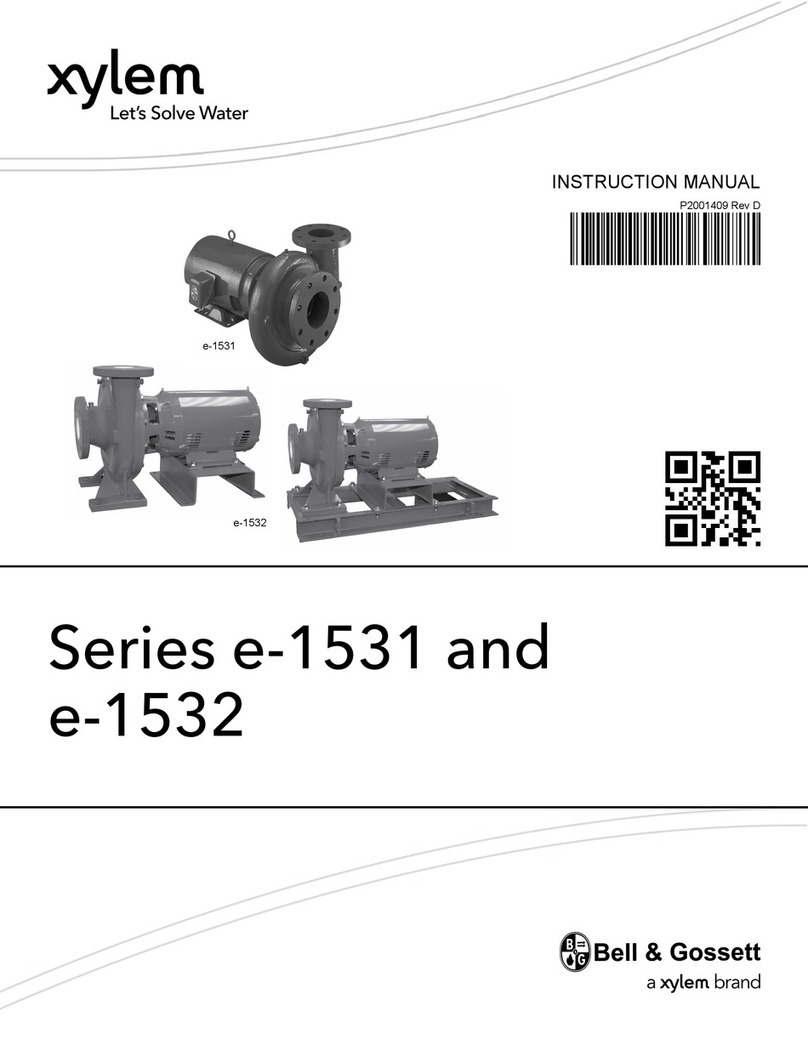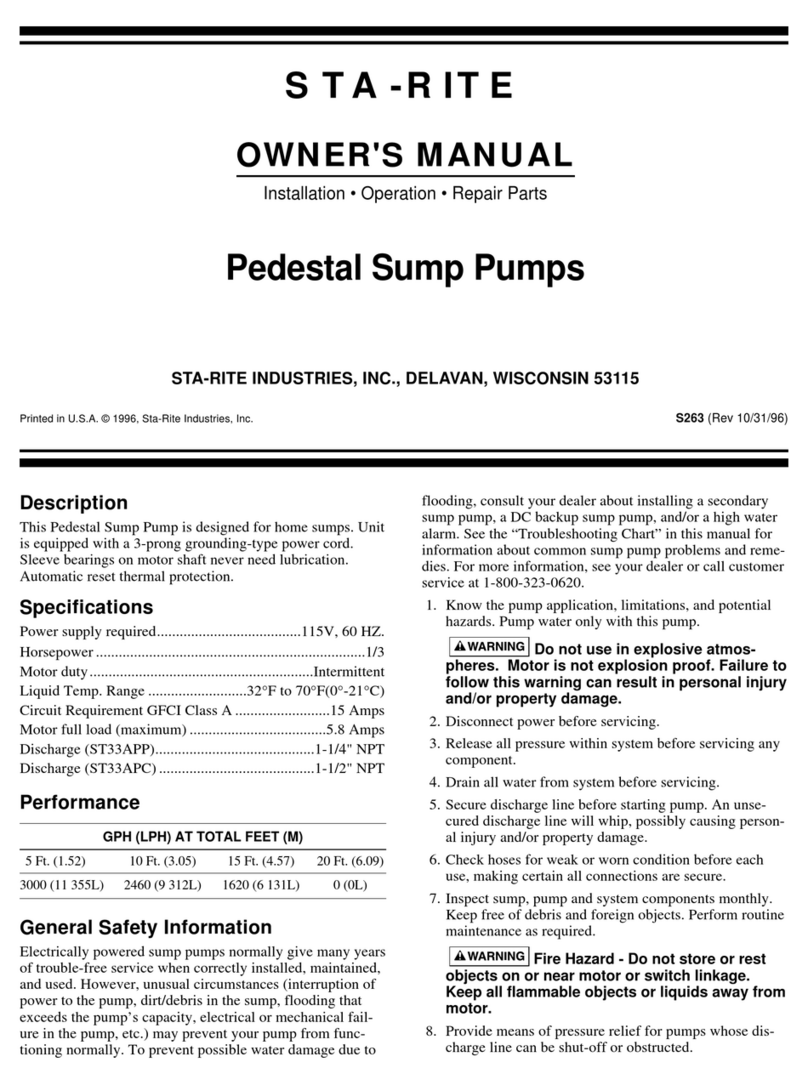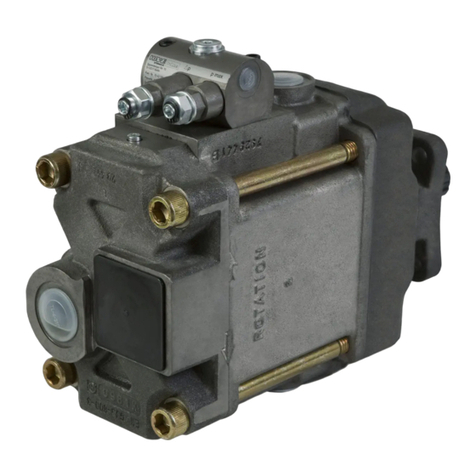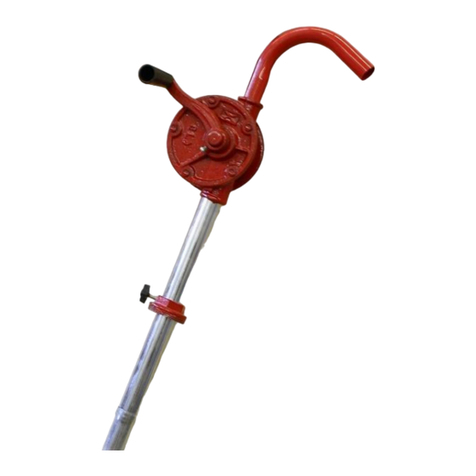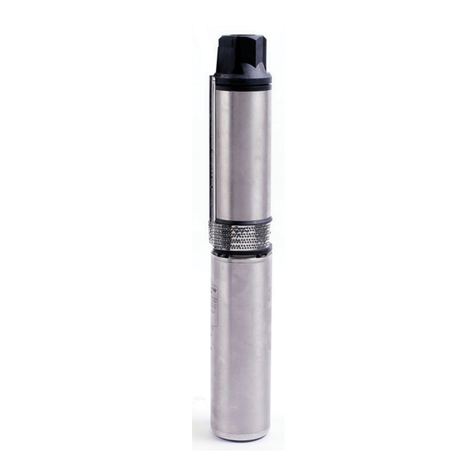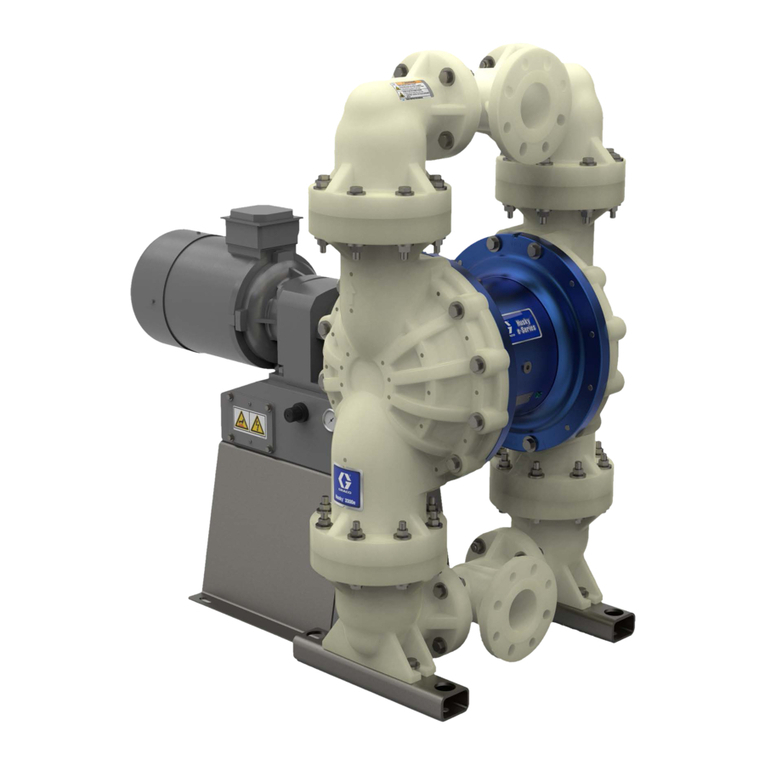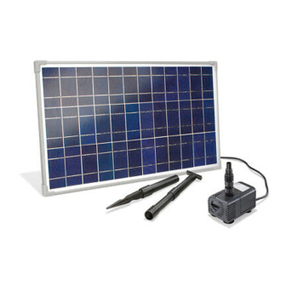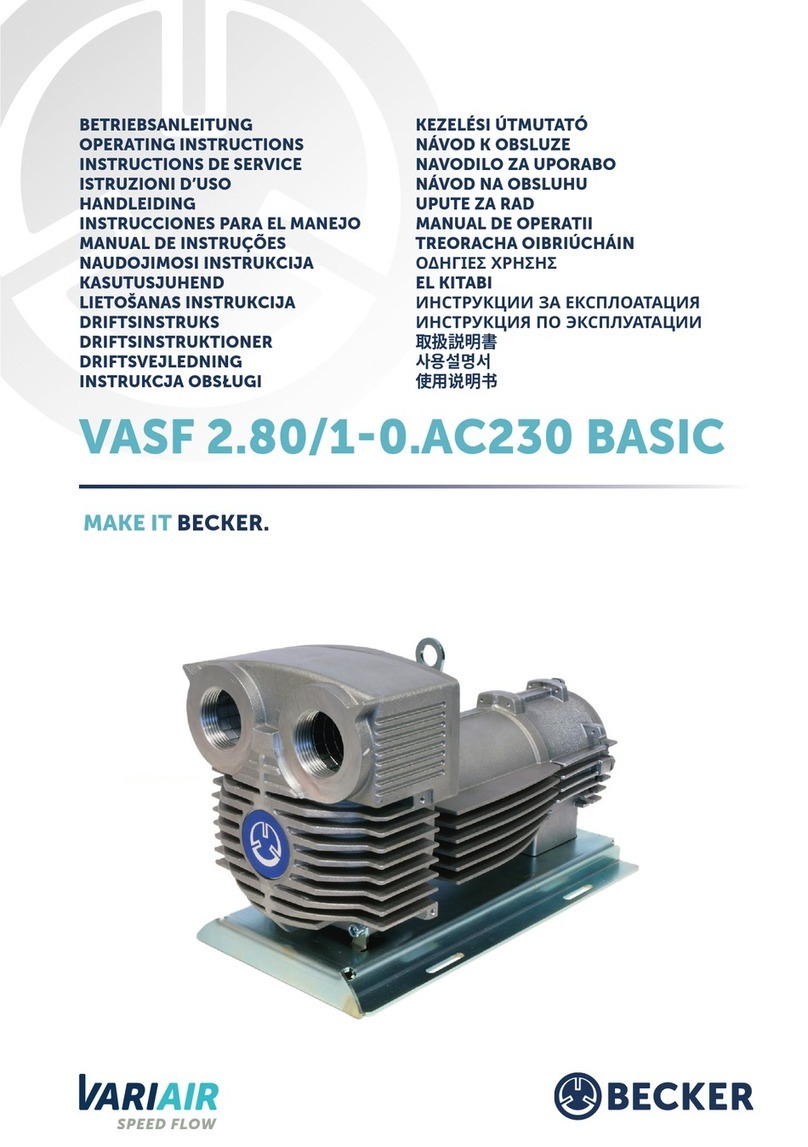
3Maintenance ...........................................................................................................3-1
3.1 Overview................................................................................................3-1
3.2 Maintenance...........................................................................................3-1
Daily Inspection.....................................................................................3-1
Periodic Maintenance.............................................................................3-1
Mandatory Maintenance Schedule.........................................................3-3
High Pressure System Maintenance.......................................................3-5
3.3 Maintenance Precautions.......................................................................3-5
4Operation................................................................................................................4-1
4.1 Overview................................................................................................4-1
4.2 Preparing the Pump for Startup..............................................................4-2
4.3 Starting the Pump...................................................................................4-3
5Service Procedures.................................................................................................5-1
5.1 Overview................................................................................................5-1
5.2 Service and Maintenance Overview ......................................................5-2
Specialized Maintenance Tools .............................................................5-3
Mandatory Maintenance Schedule.........................................................5-3
5.3 High and Low Pressure Connections.....................................................5-4
5.4 Loading and Unloading the Tie Rods....................................................5-5
Unloading the Tie Rods.........................................................................5-6
Loading the Tie Rods.............................................................................5-8
5.5 Minor Maintenance Kit..........................................................................5-11
Lapping the Discharge Check Valve Body............................................5-15
Discharge Check Valve Assembly Installation......................................5-16
End Cap Assembly.................................................................................5-16
Plunger Torque Verification..................................................................5-17
Subplate Adapter Installation.................................................................5-17
Dynamic Seal Installation......................................................................5-17
High Pressure Cylinder Installation.......................................................5-19
Inlet Check Valve Assembly Installation ..............................................5-19
End Cap Installation...............................................................................5-20
Pressure Control Valve Maintenance.....................................................5-21
5.6 Major Maintenance Kit..........................................................................5-23
Discharge Check Valve Assembly Installation......................................5-27
End Cap Assembly.................................................................................5-28
Plunger Removal and Installation..........................................................5-28
Subplate Adapter Installation.................................................................5-29
Dynamic Seal Installation......................................................................5-29
High Pressure Cylinder Installation.......................................................5-30
Inlet Check Valve Assembly Installation ..............................................5-31
End Cap Installation...............................................................................5-32
Pressure Control Valve Maintenance.....................................................5-32
Replacing the Belts ................................................................................5-34
5-7 Pressure Control Valve Maintenance Kit ..............................................5-35



